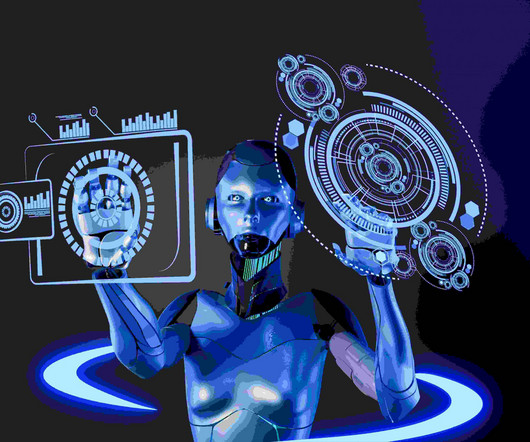Anomaly detection in machine learning: Finding outliers for optimization of business functions
IBM Journey to AI blog
DECEMBER 19, 2023
In this blog we’ll go over how machine learning techniques, powered by artificial intelligence, are leveraged to detect anomalous behavior through three different anomaly detection methods: supervised anomaly detection, unsupervised anomaly detection and semi-supervised anomaly detection.












Let's personalize your content